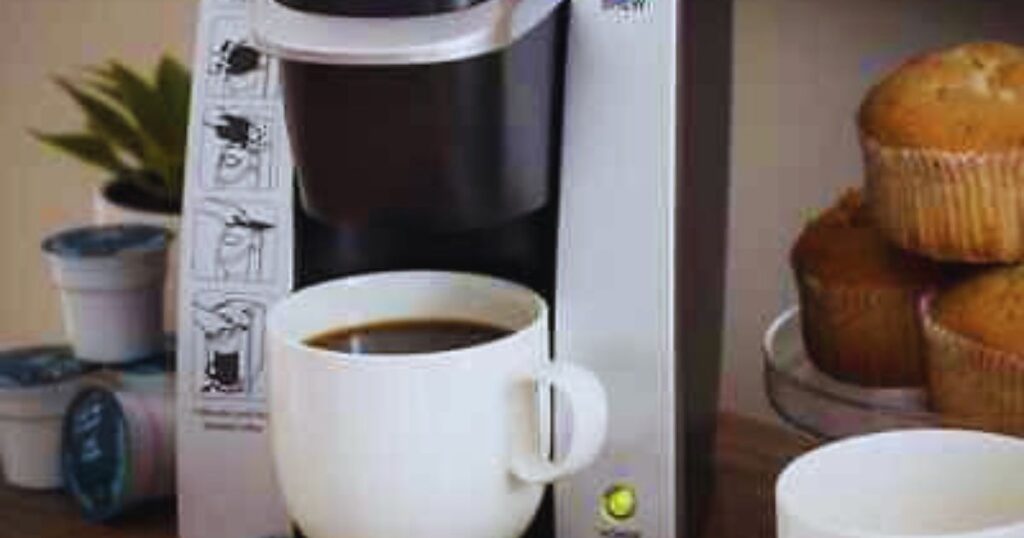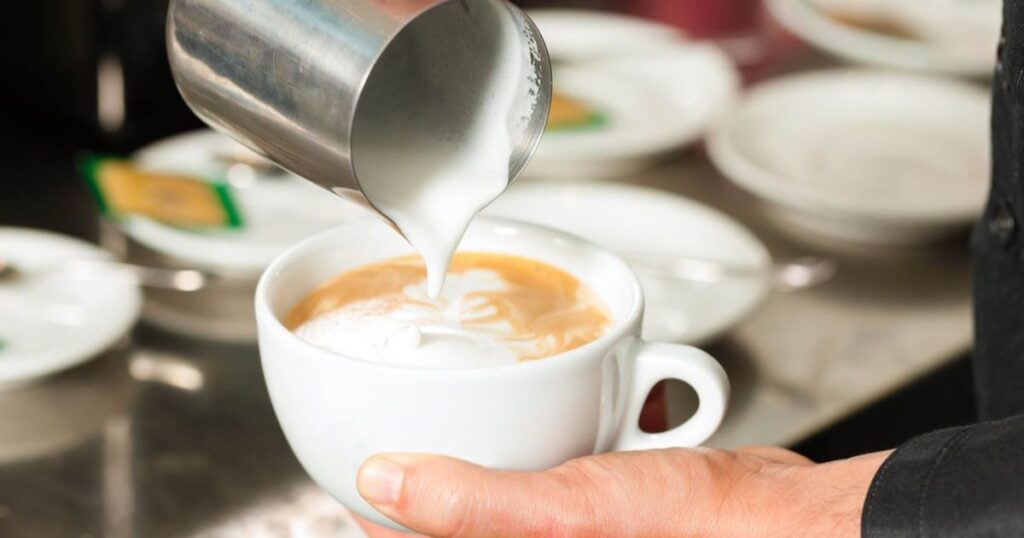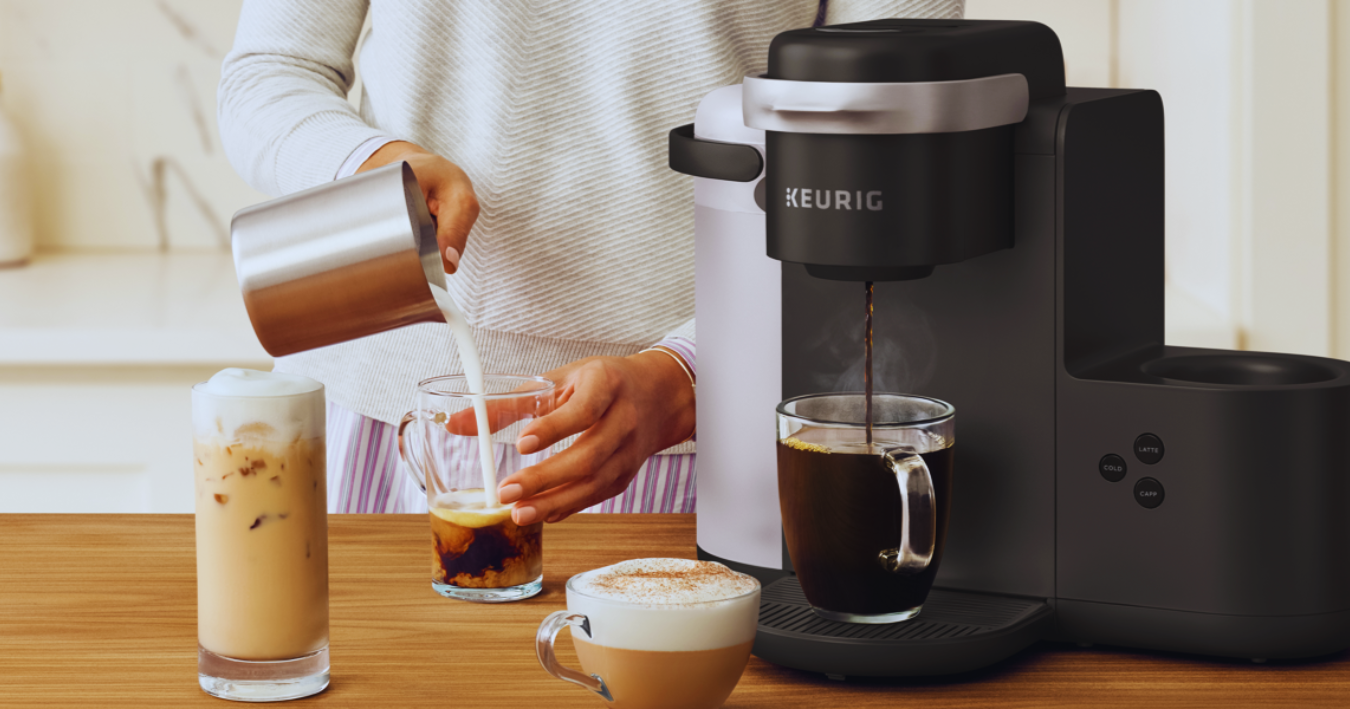CAN YOU PUT MILK IN A KEURIG? A BRIEF OVERVIEW
Many coffee lovers wonder, can you put milk in a Keurig? It’s a tempting idea, especially when craving a creamy cappuccino or a rich latte. However, pouring milk directly into your Keurig can be a costly mistake. Unlike water, milk has a thicker consistency that can clog the internal components, leading to contamination or even a complete system failure.
The heat from brewing can also cause the milk to curdle, leaving behind residue that’s difficult to clean. Worse still, improper use of your Keurig could void its warranty, leaving you with an expensive repair bill. Knowing how to properly brew milk-based drinks can save you from these headaches.
If you’re looking for a dairy-free option, try soy milk, oat milk, or almond milk. These are great for milk frothing and can add a lovely touch to your coffee drinks without the risk of appliance damage. You can also opt for milk alternatives specifically designed for Keurig machines.
Can You Put Milk in a Keurig-Why Not?
It’s important to understand the risks involved in putting milk into your Keurig. While it might seem like a convenient option, milk can cause issues that could potentially break your brewer.
The milk’s natural proteins and fats can clog the machine, leading to long-term damage. Since the Keurig is designed specifically for water, adding milk can disrupt the brewing process and even cause the machine to malfunction.

The question “Why can’t you put milk in a Keurig?” comes down to how milk reacts when heated in the machine. The milk’s proteins and fats can stick to the internal components, causing buildup over time.
This residue can block the water flow, leading to issues like clogging and eventually damaging the brewer. If milk is left in the machine, it can spoil, creating a breeding ground for bacteria and mold, which could further affect the taste of your coffee and potentially harm your machine.
Milk is not designed to go through the Keurig’s system, and doing so can lead to complications that could break the unit. It’s better to avoid this and use the recommended water for a clean and effective brew.
Milk Pods-The Milk Flavor Without any Risk
Pouring milk into the water reservoir can lead to clogs, overflows, or worse, cause damage to your brewer. Since Keurigs are built to work with water, not milk, it’s important to be cautious.
It might spoil the machine over time, which could affect the quality of your brews or even break your Keurig completely. I’ve learned the hard way that milk should never replace water in your brewer for safety reasons.
The good news is that you don’t have to give up on creamy coffee altogether. Instead of running milk directly into your Keurig, you can use milk pods designed for this very purpose. These convenient pods allow you to enjoy the rich flavor of milk without the risk of damaging your brewer.

You simply pop in a milk pod and it will work seamlessly with your Keurig system, providing a smooth, creamy cup every time. I’ve personally switched to using milk pods for my coffee, and it’s been a game-changer.
It’s mess-free, easy to use, and I get to enjoy the creamy texture of milk without worrying about Keurig malfunctions. Plus, these milk pods come in a variety of flavors and options, giving you the flexibility to create your ideal cup of coffee or tea.
The Old Fashioned Way: Mimicking Café Drinks
If you want a creamy texture, consider using a milk frother for a smooth mouthfeel or warm milk before pouring it into your coffee for a creamy finish.
In the old fashioned way, coffee preparation didn’t rely on fancy gadgets or complicated steps. People would brew coffee using regular cups and heat their milk on the stove before pouring it into their coffee.

The same process applies today when you use a milk frother or heat your milk separately. While milk pods and ready-to-use milk options are convenient, they don’t replicate the traditional milk frothing technique that creates a smooth texture for fancy espresso drinks like cappuccinos or lattes.
Instead, you can practice milk frothing to create the creamy texture that makes coffee drinks feel like a professional café creation. By warming milk separately and adding it to your coffee, you can still achieve that smooth mouthfeel without risking damage to your Keurig.
Frothing Tips: Perfecting Your Milk Foam for the Ideal Coffee Experience
Frothed milk should have a smooth, creamy consistency with a balance of hot and cold areas. Milk foam works best when it’s heated to an optimal temperature, around 130 ºF to 145 ºF, and this is where having precise control over the temperature and frothing process is key.

To get the best texture, frothing tools like a steam wand offer more control, but if you’re using a French press, you can achieve good results with whisking or even a hand-held plunger. In my experience, using a kitchen thermometer while frothing gives you more control over the consistency of the foam.
You can also experiment with the frothing technique, adjusting the speed and back and forth motion for a thicker or lighter foam. With a little practice, you’ll be able to make creamy textures and perfect foam every time, and the result will add a touch of luxury to your daily coffee routine.
Conclusion
While the Keurig offers unmatched convenience, it’s important to avoid pouring milk directly into the machine. Doing so can cause serious damage or malfunction, potentially requiring costly repairs or a complete replacement.
Can You Put Milk in a Keurig? The simple answer is no — and for good reason. Instead, to enjoy milk-based drinks like lattes or cappuccinos, opt for milk alternatives, use specially designed milk pods, or heat the milk separately before combining it with your coffee. Taking these precautions will keep your Keurig running smoothly, ensuring it continues to brew the perfect cup of coffee every time.
FAQs
Can I use milk instead of water in a Keurig?
It’s not recommended to use milk instead of water in a Keurig. Milk can clog the machine and affect its performance. For best results, always use water as instructed.
How to fix Keurig after putting milk in it?
To fix a Keurig after putting milk in it, add a few drops of dish soap to the water reservoir. Fill it with water and brew the mixture through the machine. Repeat as needed to clean thoroughly.
Can you use milk in Keurig for hot chocolate?
Yes, you can use milk in a Keurig for hot chocolate. Milk adds a rich, creamy texture and enhances the flavor. It’s a great way to elevate your hot chocolate experience.
Can you put other liquids in a Keurig?
However, it is not recommended to use liquids other than water or coffee. Using different liquids might affect the machine’s performance and cleanliness.
What not to do with a Keurig?
Don’t run the water tank dry if the “Add Water” light isn’t working. Avoid using distilled water, as it can affect the machine’s performance. Don’t leave a K-Cup in the machine, as it can clog the needle.
Is tap water ok for Keurig?
Yes, tap water is safe to use in Keurig brewers. Our machines are designed to work with tap water. It will function properly without any issues.
Why can’t you put milk in a Keurig?
You can’t put milk in a Keurig because the heating element quickly heats water to a boiling temperature. Milk can scorch or burn due to its lower boiling point. This could damage the machine or affect the taste of your drink.







